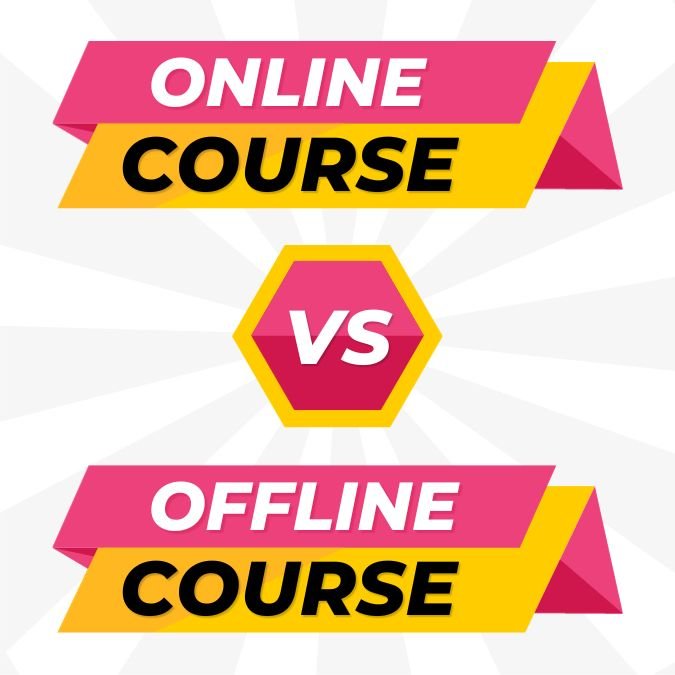Education has evolved, offering students two distinct avenues for learning: online courses and traditional offline classes. Both approaches have their merits and demerits. In this comprehensive comparison, we’ll dissect the positives and negatives of each, helping you make an informed decision on which path suits your needs best.
Online Courses: The Digital Learning Revolution
Positives:
- Flexibility: Online courses offer the freedom to learn at your pace and convenience. You can balance learning with work, family, and other commitments.
- Diverse Subjects: The internet hosts a vast array of courses on virtually any topic, allowing you to explore niche subjects that might not be available offline.
- Global Access: Geography is no longer a barrier. You can learn from experts worldwide, broadening your perspective and cultural awareness.
- Cost-Effective: Online courses are often more affordable than traditional classes, with no commuting or accommodation expenses.
- Self-Directed Learning: Online courses encourage self-discipline and time management, crucial skills for today’s digital age.
Negatives:
- Lack of Personal Interaction: Online courses lack the face-to-face interaction found in offline classes, potentially limiting group discussions and immediate feedback.
- Accountability Challenges: The absence of fixed schedules might lead to procrastination or a lack of commitment.
- Technical Issues: Reliable internet access and technical proficiency are essential for seamless online learning.
Offline Classes: The Traditional Learning Experience
Positives:
- In-Person Interaction: Offline classes foster direct engagement with instructors and peers, allowing for immediate clarification of doubts.
- Structured Learning: Set schedules and classroom environments provide a structured approach to learning, promoting routine and discipline.
- Hands-On Experience: Subjects that require practical training, like labs or workshops, are better suited for offline classes.
- Networking Opportunities: Offline classes facilitate networking with classmates, which can lead to valuable connections in the future.
Negatives:
- Limited Flexibility: Fixed class timings might clash with other commitments, limiting your ability to manage your time effectively.
- Geographical Constraints: Access to specific courses or renowned institutions might be limited by your location.
- Higher Costs: Tuition fees, commuting expenses, and potential accommodation costs can make offline classes more expensive.
Switching Decision: Online or Offline?
Transition to Online:
- If flexibility and convenience are priorities.
- If you prefer self-paced learning and have excellent time management skills.
- If you aim to explore diverse subjects from a global pool of experts.
Transition to Offline:
- If you thrive on in-person interactions and need immediate feedback.
- If practical hands-on training is integral to your chosen field.
- If you value the structure of a fixed schedule and thrive in a traditional classroom environment.
In conclusion, the decision between online courses and offline classes hinges on your learning style, goals, and preferences. Embrace the positive attributes of each option while considering the associated challenges. The digital era brings opportunities for personalized learning, but traditional methods still hold their place. Analyze your priorities and make a choice that aligns with your aspirations for a successful educational journey.
